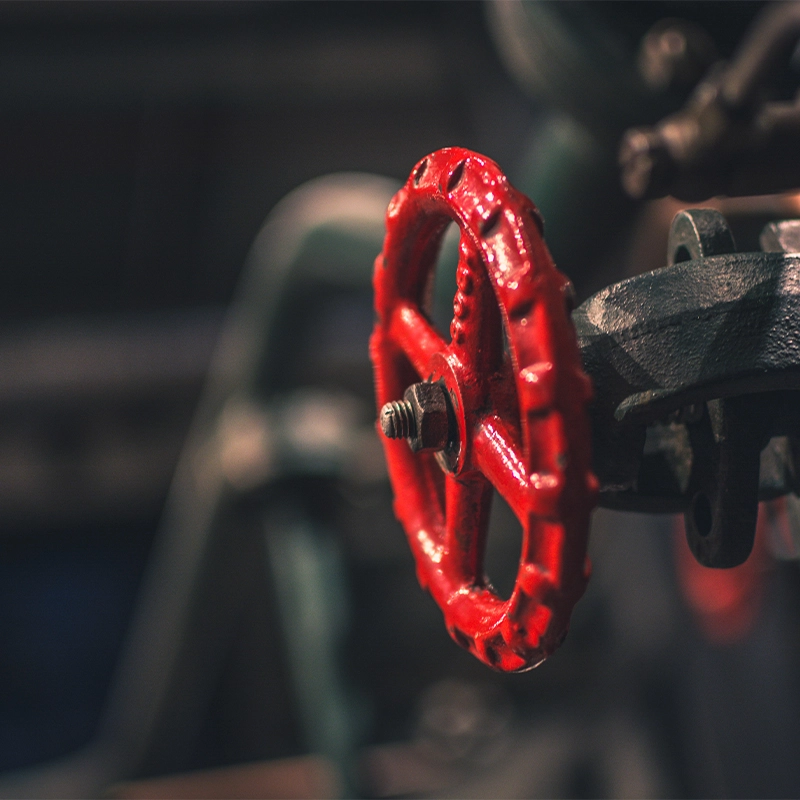Mobile:+86-311-808-126-83
Email:info@ydcastings.com
how to cast brass in sand
How to Cast Brass in Sand A Step-by-Step Guide
Casting brass in sand is a popular method for creating intricate shapes and designs. This process has been used for centuries and remains a favorite among metalworkers for its versatility and accessibility. This article provides a comprehensive guide to casting brass in sand, detailing the essential tools, materials, and steps necessary to successfully complete your project.
Materials and Tools Needed
1. Brass Alloy Obtain high-quality brass suitable for casting. Brass typically contains copper and zinc, with various percentages altering its properties.
2. Sand You will need a sand suitable for casting, often known as foundry sand. It should be fine enough to create detailed molds, yet coarse enough to allow for easy release.
3. Binding Agent Usually, a clay-like material or a resin is mixed with the sand to hold the grains together when dampened.
4. Pattern Create or obtain a pattern of the object you want to cast. Patterns can be made from wood, metal, or plastic and are used to form the mold.
5. Melting Equipment A furnace or a melting pot is needed to heat and melt the brass. You can use a propane furnace or an electric furnace depending on your setup.
6. Safety Gear Wear necessary protective gear, including gloves, goggles, and an apron to protect against burns and other hazards.
7. Mold Boxes These are frames used to contain the sand while molding. They usually come in two parts the cope (top half) and the drag (bottom half).
Step-by-Step Process
how to cast brass in sand

1. Create the Pattern Start by designing the pattern for your brass object. Ensure that it is a bit larger than the final product due to shrinkage during cooling. Smooth surfaces and well-defined edges will yield better results.
2. Prepare the Sand Mix Mix the sand with the binding agent, adding water to create a damp mixture that holds together but is not too wet. The right consistency is crucial for a solid mold.
3. Construct the Mold Divide your pattern into two halves using the mold boxes. Begin by packing the sand mix around the pattern in the drag half, ensuring there are no air pockets. Firmly tamp down the sand. Repeat this process for the cope half.
4. Remove the Pattern Carefully separate the mold halves and remove the pattern. This is often the most delicate part of the process; ensure that you don’t damage the mold.
5. Create Pouring Channels Use tools to create risers and gates in the mold. These channels allow the molten brass to flow into the mold and enable gases to escape during casting.
6. Melt the Brass Place the brass in the melting pot and heat it until it reaches a temperature of about 900-1000°C (1650-1830°F). Use a thermometer for accuracy, and monitor the melting process closely.
7. Pour the Brass Once the brass is fully molten, carefully pour it into the mold through the pouring channel. Pay attention to the flow to prevent cold shuts or air pockets.
8. Allow to Cool Let the brass cool and solidify in the mold. This may take several hours, depending on the thickness of the casting.
9. Finish the Casting After cooling, carefully break away the sand mold. Clean the casting using a wire brush to remove any remaining sand. You may further refine it through grinding, polishing, or other finishing techniques.
Conclusion
Casting brass in sand is a rewarding process that enables the creation of beautiful and functional objects. By following these steps and ensuring safety precautions are observed, you can successfully cast your own brass pieces and develop your skills in metalworking. Whether creating art pieces or functional items, the techniques you learn here will serve you well for future metal casting endeavors. Happy casting!
-
Why Should You Invest in Superior Pump Castings for Your Equipment?NewsJun.09,2025
-
Unlock Performance Potential with Stainless Impellers and Aluminum End CapsNewsJun.09,2025
-
Revolutionize Your Machinery with Superior Cast Iron and Aluminum ComponentsNewsJun.09,2025
-
Revolutionize Fluid Dynamics with Premium Pump ComponentsNewsJun.09,2025
-
Optimizing Industrial Systems with Essential Valve ComponentsNewsJun.09,2025
-
Elevate Grid Efficiency with High-Precision Power CastingsNewsJun.09,2025











